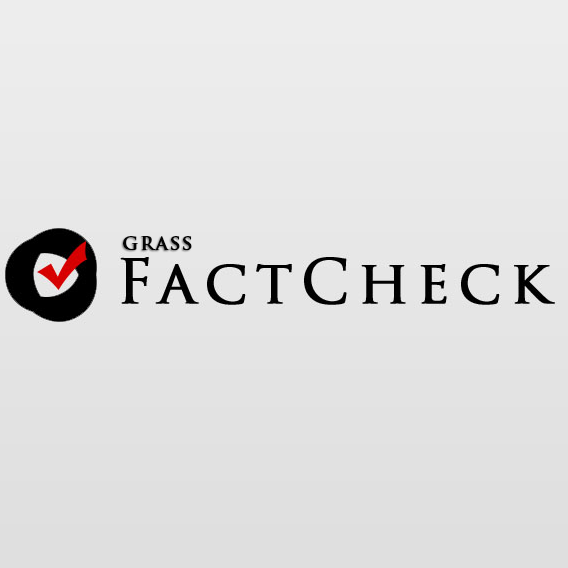The six-month state budget revenue plan for the first six months of 2025 was executed at 100.9%. Despite the overall fulfilment, underperformance was observed across several budget lines. The most notable shortfall was recorded in the external debt component – specifically in budget support loans – where none of the planned GEL 270 million was disbursed. Notably, whilst total revenues for January-June 2024 increased by 16% as compared to the same period last year, the growth rate in January-June 2025 slowed significantly. The overall revenue growth rate declined to 7% and in the case of tax revenues, growth dropped from 23% to 5%, amidst elevated inflation.
More than three-quarters of total revenues were generated through taxes. The half-year tax revenue target was fulfilled at 100.5% with collections exceeding GEL 10.5 billion. Only income tax surpassed its target of major tax categories with an implementation rate of 101.6%. Performance for profit tax, VAT, excise and import tax ranged between 93.7% and 98.7%. The plan for other taxes was fulfilled at 241% with GEL 361 million collected instead of the planned GEL 150 million. This article partly includes unallocated taxes. Collections under this category had already exceeded the six-month figure by GEL 125 million as of five months, reaching GEL 486 million.
Table 1: Performance Indicators of the State Budget
Source: State Treasury
The plan for other revenues was implemented at 145% with GEL 1.1 billion collected – GEL 350 million above the target. This high performance was mainly driven by increased income from dividends. State-owned enterprises transferred GEL 670 million to the budget instead of the planned GEL 300 million.
The plan for the reduction of financial assets was exceeded by 33% whilst the privatisation target was surpassed by 41% over six months.
The liabilities component underperformed by 27.7%, resulting in a shortfall of GEL 433 million.
Liabilities are split into domestic and external components. Domestic borrowing slightly missed the target with GEL 755 million mobilised instead of the planned GEL 770 million, implying a 98.1% fulfilment. However, the external borrowing was met at only 47.4%. External liabilities are divided into long-term investment loans and budget support loans. Investment loans were executed at 71.7% – GEL 377 million of the planned GEL 526 million – whilst the budget support loan component recorded 0% execution with no funds disbursed of the planned GEL 270 million.
The annual plan for budget support loans amounts to GEL 600 million – a figure that cannot be considered negligible. The monetary shortfall is only one side of the issue. The other – arguably more significant concern – lies in the underlying reason for this gap: strained relations with Western partners.
Beyond the percentage fulfilment rates, it is also relevant to examine how the budget performed in previous years during the same period and how these figures have evolved over time.
The revenue plan was fulfilled at 106.3% in January-June 2024, including 105.5% fulfilment in tax revenues. All key tax categories exceeded their targets with the exception of import tax – which has the smallest share amongst the major taxes. The execution rate for budget support loans stood at 127% during the same period with GEL 195 mobilised instead of the planned GEL 154 million.
Table 2: Growth Rate of State Budget Revenues and Their Components
Source: State Treasury
Total revenues increased by 16% and tax collections by 23% in the first half of 2024 as compared to the same period of the previous year. In contrast, revenue growth slowed to 7% during the first half of 2025 whilst the growth rate of tax collections dropped to 6%. The growth rate of individual tax components declined even further with profit tax revenues recording a decrease – though this may have been offset by the stronger performance in other tax categories.
It is also worth noting that inflation stood at 1.1% in the first half of 2024 and rose to 3.1% in the same period of 2025, further reducing the rate of real growth.
Overall, whilst the revenue plan for January-June was technically fulfilled, the shortfalls in specific components and the sharp reduction in tax revenue growth point to several challenges.







